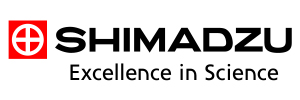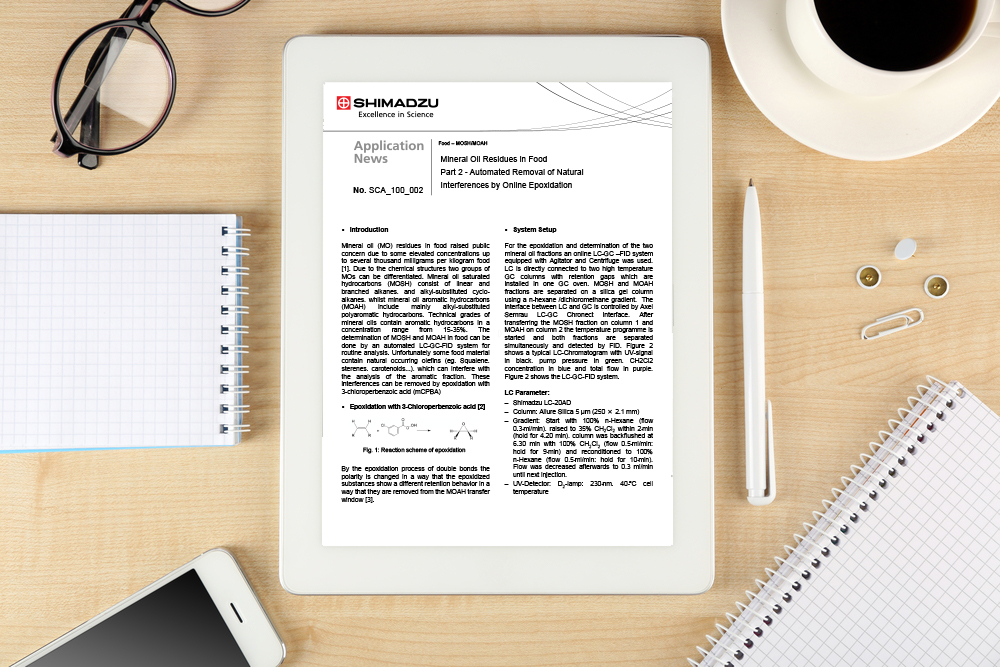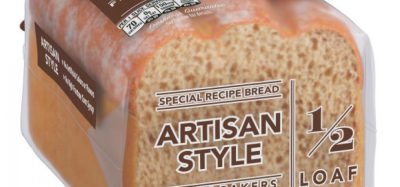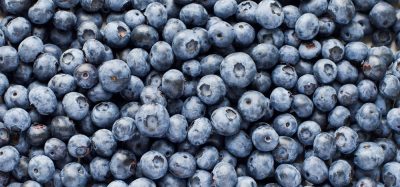Mineral oil residues in food – automated removal of natural interferences by online epoxidation
- Like
- Digg
- Del
- Tumblr
- VKontakte
- Buffer
- Love This
- Odnoklassniki
- Meneame
- Blogger
- Amazon
- Yahoo Mail
- Gmail
- AOL
- Newsvine
- HackerNews
- Evernote
- MySpace
- Mail.ru
- Viadeo
- Line
- Comments
- Yummly
- SMS
- Viber
- Telegram
- Subscribe
- Skype
- Facebook Messenger
- Kakao
- LiveJournal
- Yammer
- Edgar
- Fintel
- Mix
- Instapaper
- Copy Link
Posted: 25 January 2019 | Shimadzu Europa GmbH | No comments yet
Mineral oil (MO) residues in food raised public concern due to some elevated concentrations up to several thousand milligrams per kilogram food. Due to the chemical structures two groups of MOs can be differentiated.
Mineral oil saturated hydrocarbons (MOSH) consist of linear and branched alkanes, and alkyl-substituted cyclo-alkanes, whilst mineral oil aromatic hydrocarbons (MOAH) include mainly alkyl-substituted polyaromatic hydrocarbons. Technical grades of mineral oils contain aromatic hydrocarbons in a concentration range from 15-35%. The determination of MOSH and MOAH in food can be done by an automated LC-GC-FID system for routine analysis. Unfortunately some food material contain natural occurring olefins (eg. Squalene, sterenes, carotenoids…), which can interfere with the analysis of the aromatic fraction. These interferences can be removed by epoxidation with 3-chloroperbenzoic acid (mCPBA).
The rest of this content is restricted - login or subscribe free to access
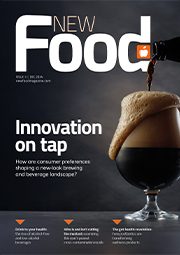

Why subscribe? Join our growing community of thousands of industry professionals and gain access to:
- bi-monthly issues in print and/or digital format
- case studies, whitepapers, webinars and industry-leading content
- breaking news and features
- our extensive online archive of thousands of articles and years of past issues
- ...And it's all free!
Click here to Subscribe today Login here
Related content from this organisation
- Application Note: Measuring flavonols in tea leaves
- Application Note: Quantitative analysis of catechins in tea leaves
- Application Note: Quantitative analysis of carotenoids in tea leaves
- High-speed analysis of bitter flavours in beer
- Application Note: Determination of lactose or fructose intolerance



